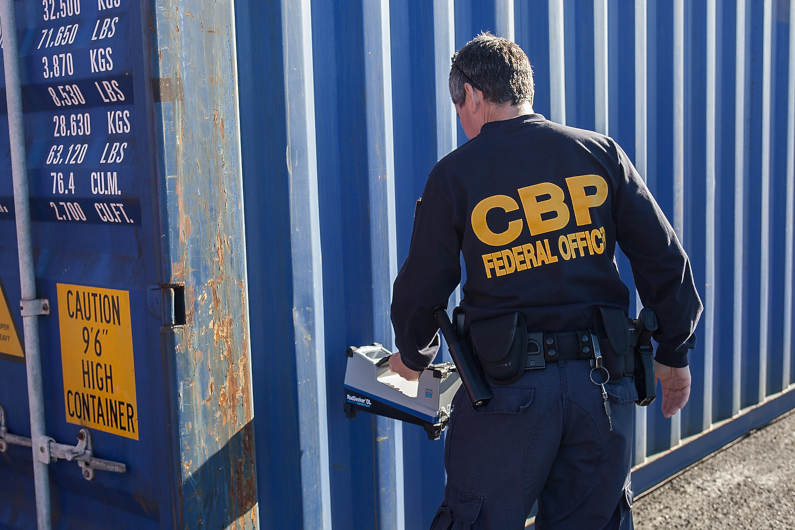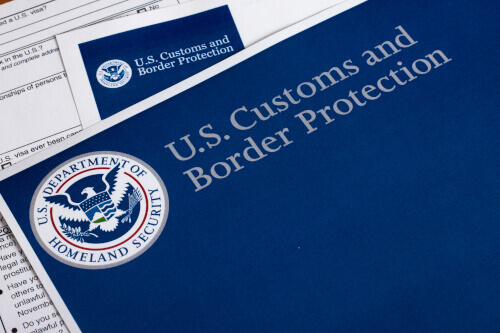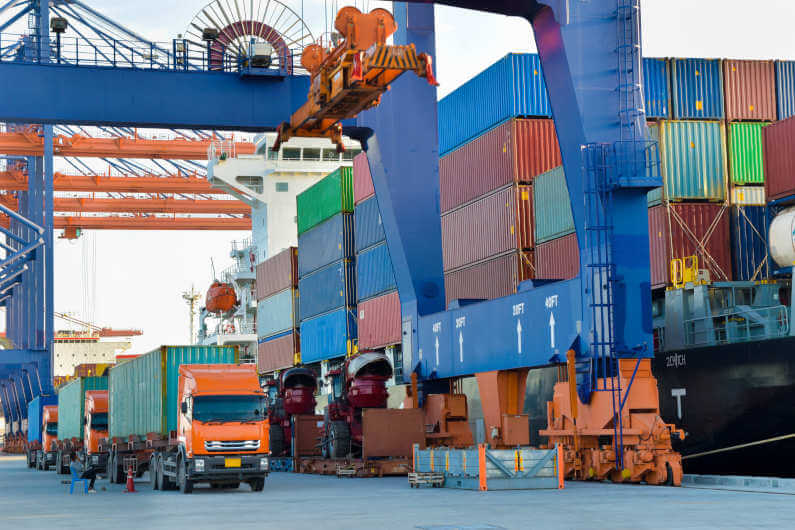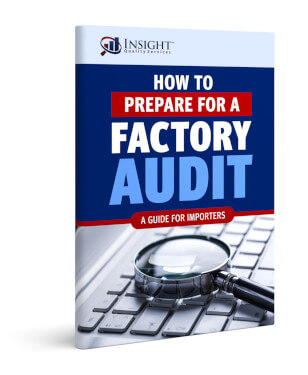The terrorist attacks of September 11th, 2001 changed not only the landscape of world politics but also world economics. One of the ways in which the United States government responded was to establish C-TPAT. Meant to aid the war against terrorism, following C-TPAT requirements comes with a wide array of benefits and incentives for compliant organizations.
In this article, we’ll explore what the C-TPAT requirements are, how to comply with them, and the ways in which this initiative can aid your business and strengthen your global supply chain security.
Table of Contents
What is C-TPAT?
C-TPAT stands for Customs-Trade Partnership Against Terrorism. It’s a non-mandatory initiative started by United States Customs and Border Protection (CBP) whose members work to secure supply chains from being endangered by terrorist organizations.
Many companies are eligible for C-TPAT membership, including retailers, customs brokers, transporters, importers, and logistics providers.
What are the C-TPAT Requirements?

To join C-TPAT, members must be active importers who have brought goods into the US in the past 12 months.
In order to be eligible, companies must also have:
- An active US Importer of Record (IOR) number
- A valid continuous bond registered with Customs and Border Control
- A valid business location that operated within the US or Canada
- A designated company employee who serves as the primary C-TPAT cargo officer
Companies will also agree to maintain the C-TPAT supply chain security criteria outlined in the C-TPAT Importer Agreement. They must also complete a supply chain security profile in the C-TPAT portal, and must not have any unpaid debts owed to Customs and Border Protection at the time the application is submitted.
How do You Comply With C-TPAT Requirements?

In order to comply with C-TPAT requirements, your business must have certain documentation.
- For Personnel: You must have a contract with employment agencies which include background screenings (DMV and FBI) and export control screenings for your staff.
- For Business Partners: Your foreign suppliers must submit C-TPAT questionnaires to you.
- For Carriers: You must receive and retain a C-TPAT certificate.
The process for getting C-TPAT certification is simple, intuitive, and can be completed online. It is a voluntary, incentive-based program with no fees and no intermediary needed to complete the application.
The steps for obtaining C-TPAT certification are:
- Review the C-TPAT Minimum Security Criteria and confirm that your business is eligible for the program.
- Submit your application through the C-TPAT Portal and agree to participate.
- Complete a supply chain security profile.
The C-TPAT program has up to 90 days to either reject the application or certify the company into the C-TPAT program.
What are the Benefits of C-TPAT Compliance?

Complying with C-TPAT requirements indicates to a customs official that your cargo is not high risk. This can help with many aspects of your supply chain. Some benefits include:
- Shorter wait times at borders
- Fewer CBP inspections
- Potential increase in cargo unloading speed
- Priority to resume doing business after a global disaster or terrorist attack
- Access to the C-TPAT portal system
- A CBP supply chain security specialist assigned to your company
- Admittance to the Free and Secure Trade (FAST) rows for low-risk shipments at certain land borders
- Priority processing for CBP inspections
- Strengthened supply chain security
- Possible exemption from Stratified Exams
What is a C-TPAT Audit?

If you are looking to become a C-TPAT member, a C-TPAT audit is an assessment of your current level of supply chain security. An audit can help you mitigate global supply chain risks and verify whether or not you are currently C-TPAT compliant.
C-TPAT audits evaluate major security aspects of your business such as:
- Container Security
- Physical Security (including fences, gates, locking devices, alarms, etc.)
- Information Technology
- Security Training
- Procedural Security (including processing documents, shipping and receiving, etc.)
- Threat Awareness
- Physical Access Controls (including employee access, visitor access, delivery access etc.)
Insight Quality Services Helps You Meet C-TPAT Requirements
Insight Quality services can help you conduct a security/C-TPAT audit, and make sure you are able to meet C-TPAT requirements before applying. Contact Insight to schedule a consultation or download our free guide on how to prepare for a factory audit today.
How to Prepare for a Factory Audit
A factory audit helps you assess a supplier's systems, capacity, workplace environment, or capabilities to ensure they meet your requirements as a buyer.
But which type of audit should you conduct, and which points should you cover on your checklist? In this free guide, you'll learn how to run an effective supplier assessment.





It is a self explanatory, concise and precise article that will certainly help companies to join C-TPAT.
Thank you, Jean Renaud. We are glad you found the article helpful.